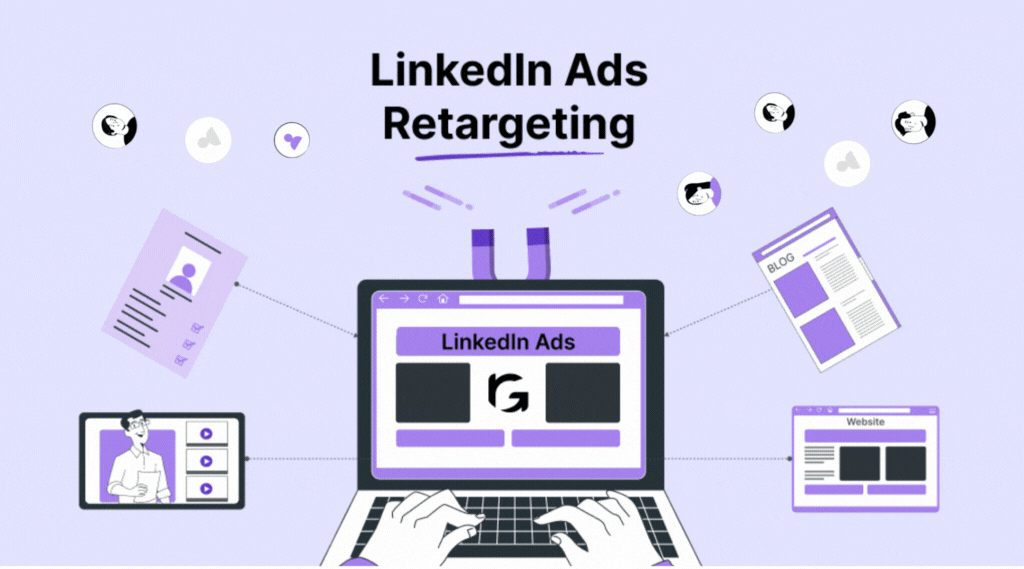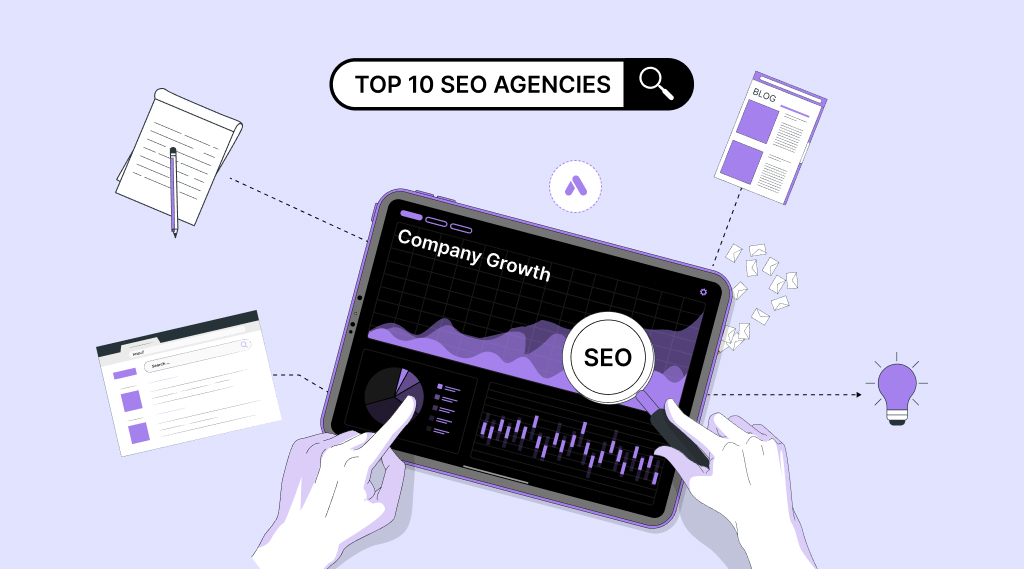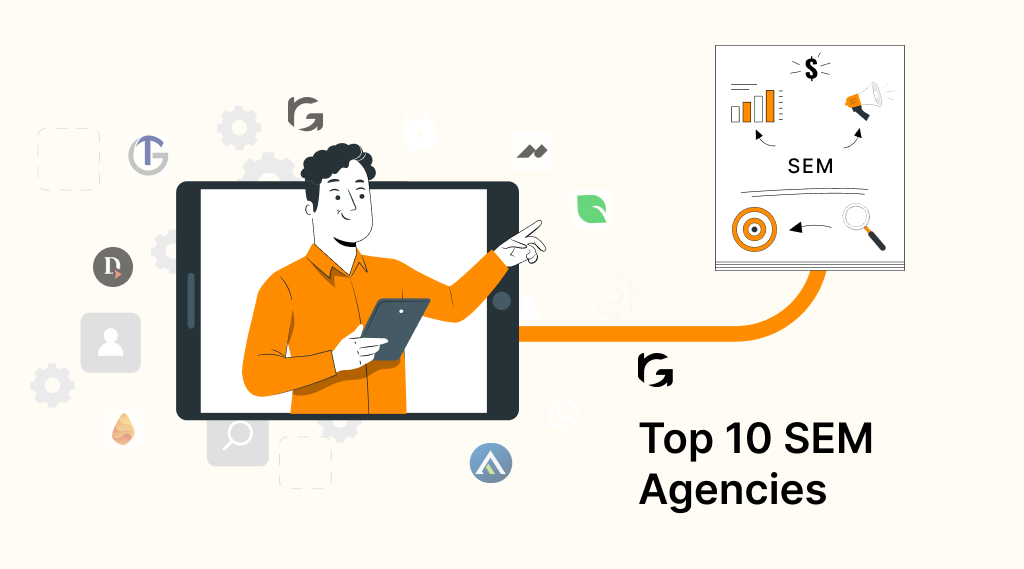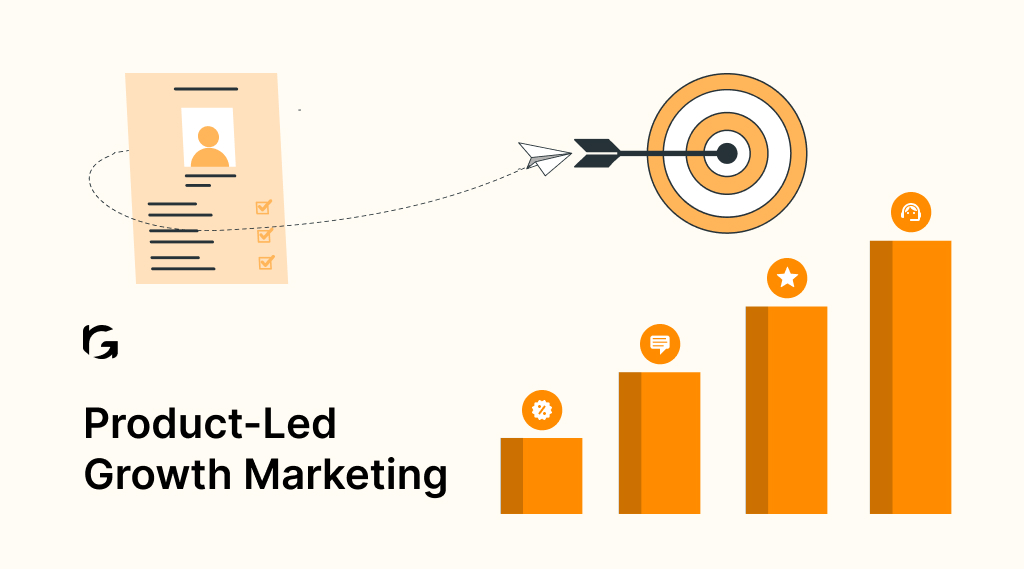What is a demand generation plan?
A demand generation plan is a strategy to attract and engage potential customers to your business. It’s like a roadmap that helps you reach people who might be interested in what you offer.
Here’s what a demand generation plan involves:
1. Understanding your audience: Figuring out who your potential customers are and what they need.
2. Creating compelling content: Making stuff like blog posts, videos, or social media posts that grab people’s attention.
3. Using various channels: Reaching out to people through different platforms like social media, email, or ads.
4. Generating leads: Getting contact information from people who are interested in your products or services.
5. Nurturing leads: Building relationships with potential customers over time to turn them into paying customers.
6. Measuring success: Keeping track of how well your plan is working and making changes if needed.
Think of it as throwing a party: You need to know who to invite (understanding your audience), make the party interesting (creating compelling content), tell people about it (using various channels), get RSVPs (generating leads), make sure everyone has a good time (nurturing leads), and see if it was a success (measuring success).
So, a demand generation plan is like being a good host for your business, making sure you attract the right guests and keep them happy.
The six steps in the demand generation process
Demand generation is all about creating interest and awareness in your products or services to attract potential customers. It’s like planting seeds to grow a garden of customers.
Step 1: Understanding your audience
Before selling anything, it’s crucial to comprehend who your potential customers are.
For instance, if your B2B SaaS product targets small businesses looking for accounting solutions, understanding their pain points such as managing finances and time constraints is essential. This knowledge enables you to tailor your messaging to address their specific needs effectively.
Step 2: Creating compelling content
Once you’ve identified your audience, create content that resonates with them.
For example, you could develop blog posts offering tips for streamlining accounting processes or create videos demonstrating how your software simplifies financial management tasks. The key is to produce content that provides value and addresses the challenges your audience faces.
Step 3: Promoting your content
Merely creating great content isn’t enough; you need to ensure it reaches your target audience. Utilize various channels such as social media platforms, email newsletters, and even paid advertising to promote your content.
For instance, share your blog posts on LinkedIn groups frequented by small business owners or run targeted ads on Facebook to reach a wider audience interested in accounting software solutions.
Step 4: Engaging with Prospects
As your content begins to attract attention, it’s important to engage with your prospects actively. Respond to comments on social media, participate in relevant online discussions, and provide quick and helpful replies to inquiries.
For example, if a small business owner comments on your LinkedIn post about challenges with accounting, take the time to respond with advice or direct them to a relevant resource on your website. Engaging with prospects in a meaningful way can build relationships and establish your brand as a trusted advisor.
Step 5: Nurturing leads
Not all leads are ready to make a purchase immediately. Nurture them by providing valuable information and staying in touch.
For instance, send them regular newsletters with tips on optimizing financial processes or invite them to attend webinars showcasing advanced features of your software. This continuous engagement builds trust and keeps your brand top of mind when they’re ready to make a buying decision.
Step 6: Converting leads into customers
Ultimately, the goal of demand generation is to convert leads into paying customers. Employ strategies like personalized email campaigns offering exclusive discounts or free consultations to encourage leads to take the next step.
For example, send targeted emails to leads who have downloaded your free trial, highlighting how your software can address their specific pain points and offering a limited-time discount to incentivize purchase.
Demand generation plan objectives
Here, we outline the objectives of such a plan in simple terms.
1. Increase brand awareness
Objective: To make more people aware of your brand and what it offers.
How: By using various marketing channels like social media, email, and content marketing to spread the word about your brand.
2. Generate leads
Objective: To attract potential customers and gather their contact information for further engagement.
How: By offering valuable content such as ebooks, webinars, or free trials in exchange for contact details.
3. Nurture leads
Objective: To build relationships with leads and guide them through the buying process.
How: By sending targeted emails, providing helpful resources, and staying in touch to address their needs and concerns.
4. Drive sales
Objective: To convert leads into paying customers.
How: By offering special promotions, providing personalized recommendations, and simplifying the buying process.
5. Retain customers
Objective: To keep existing customers satisfied and coming back for more.
How: By providing excellent customer service, offering loyalty rewards, and staying connected through post-purchase communication.
6. Gather feedback
Objective: To understand customer needs and improve products or services accordingly.
How: By soliciting feedback through surveys, social media, and direct communication channels.
7. Measure performance
Objective: To track the effectiveness of marketing efforts and make data-driven decisions.
How: By analyzing key performance indicators (KPIs) such as website traffic, conversion rates, and customer retention.
8. Adapt and optimize
Objective: To continuously improve the demand generation strategy based on insights and feedback.
How: By testing different approaches, learning from successes and failures, and staying agile in response to changes in the market.
6 Demand generation plan KPIs to follow
When you’re running a business, it’s essential to know how well your marketing efforts are working. That’s where Key Performance Indicators (KPIs) come in handy. They help you track the effectiveness of your demand generation plan. Here are six crucial KPIs to keep an eye on.
1. Conversion rate: Your conversion rate tells you how many people are taking the desired action after seeing your marketing efforts. It could be making a purchase, signing up for a newsletter, or filling out a contact form. A high conversion rate means your demand generation plan is hitting the mark.
2. Cost per acquisition (CPA): CPA measures how much it costs you to acquire a new customer through your marketing efforts. By tracking CPA, you can ensure that your spending aligns with your budget and that you’re getting a good return on investment.
3. Lead quality: Not all leads are created equal. Some may be more likely to convert into paying customers than others. By assessing the quality of your leads, you can focus your efforts on those most likely to result in sales, thus maximizing your resources.
4. Customer lifetime value (CLV): CLV represents the total revenue a customer is expected to generate over their lifetime with your business. Tracking CLV helps you understand the long-term value of your marketing efforts and can inform decisions about how much to invest in acquiring new customers.
5. Website traffic: The number of visitors to your website is a crucial indicator of your demand generation plan’s effectiveness. By monitoring website traffic, you can gauge the reach of your marketing efforts and identify areas for improvement in your online presence.
6. Social Media engagement: Social media plays a significant role in demand generation. Monitoring metrics like likes, shares, comments, and follows can help you understand how well your content resonates with your audience and drive further engagement.
To sum up
Creating a demand generation plan is crucial for drawing in and captivating potential customers for your business. It involves knowing your audience well, crafting content that captures their interest, and keeping an eye on important measures like conversion rate and website traffic.
These steps ensure that your marketing strategies in 2024 and beyond are effective and fruitful. Understanding who you’re trying to reach, producing engaging content, and monitoring how well your efforts are converting leads into customers are essential for long-term success in attracting and retaining customers.
To learn more about how we can help you create an effective demand generation plan, visit our demand generation service page. Let us partner with you to drive more leads, increase conversions, and grow your business in 2024 and beyond.






